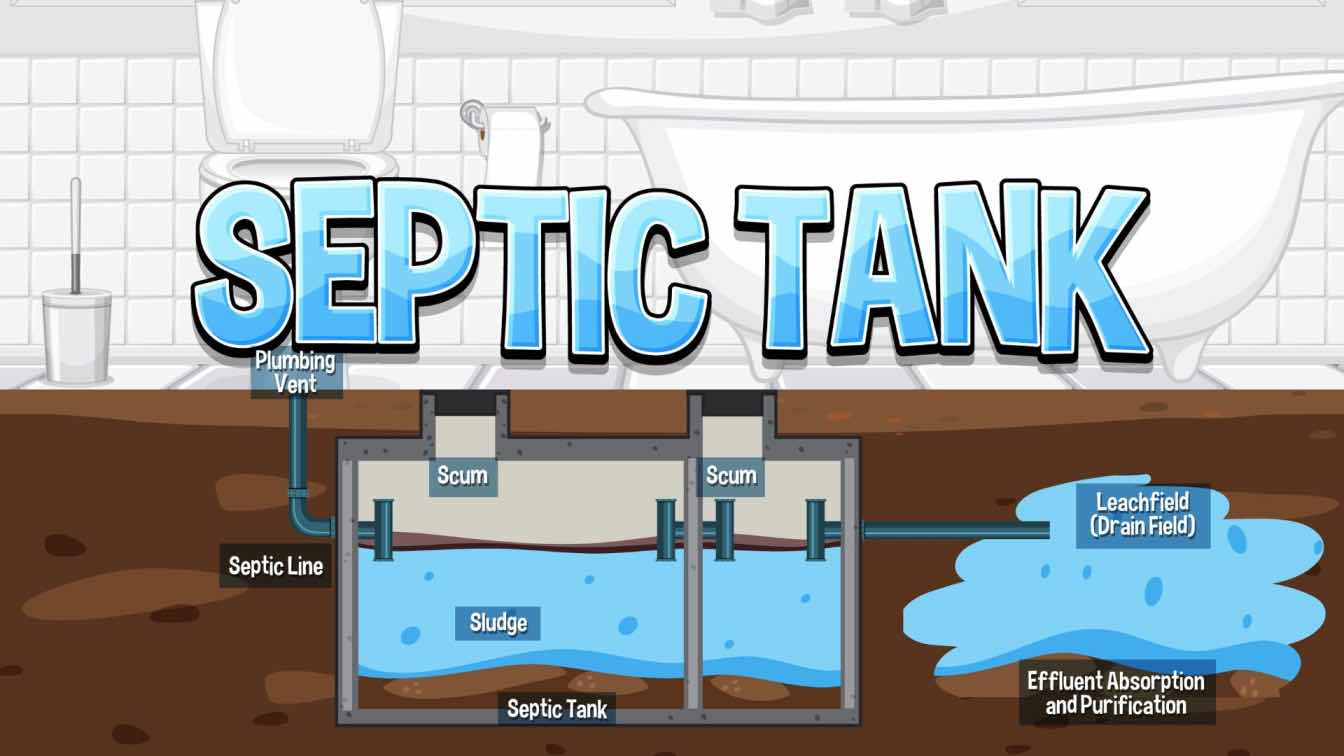On average, draining a septic tank costs between $250 and $600. However, this price can vary depending on several factors, such as the size of the tank, its location, the amount of waste to be removed, and any additional services required.
To get an accurate estimate, call a couple of companies in your area and ask. Their answers will be more accurate than anything you’ll find online. Your home has also likely had its septic tank drained in the past.
Pro Tip: Find the company that did the last septic tank pump, and they’ll give you an exact quote.
The four main factors that determine the cost of draining your septic tank are:
Tank Size: Larger tanks require more time and resources to drain, increasing the cost.
Location: If your septic tank is difficult to access, it may require specialized equipment or additional labor, which can raise the price.
Waste Volume: The more waste in the tank, the longer it will take to drain and the more it will cost.
Additional Services: Inspections, repairs, or other add-on services can increase the overall cost of draining your septic tank.
Add-on Services for Septic Cleaning
When draining your septic tank, you might need additional services based on your specific septic tank components, which can add to the overall cost:
Tank Inspection: ($100-$250)—This is necessary to assess the tank's condition and identify any potential issues.
Filter Cleaning: ($75-$100) - Important for maintaining the efficiency of your septic system.
Baffle Repairs: ($150-$300) - Needed if the baffles, which prevent solids from entering the drain field, are damaged.
Pump Replacement: ($500-$1,000) - Required if the septic pump is malfunctioning or broken.
Hydro Jetting: ($350-$600) - Used to clear clogs in the drain field pipes.
Chemical Additives: ($25-$100) - Sometimes used to enhance the breakdown of waste, though their effectiveness is debated.
Drain Field Inspection: ($250-$500) - Necessary if there are concerns about the drain field's functionality.
Root Removal: ($100-$500) - Needed if tree roots have infiltrated the septic system.
Tank Riser Installation: ($300-$500) - Provides easier access to the tank for future maintenance.
Soil Fracturing: ($1,000-$2,000) - A technique used to rejuvenate an overworked drain field.
Maintenance: Draining Frequency and Importance
It's recommended to drain your septic tank every three to five years, depending on the size of your household and the amount of waste generated. Regular draining is crucial to prevent the buildup of solids in the tank, which can lead to blockages, backups, and system failure. System failure is a household problem that needs urgent attention. Neglecting to drain your septic tank can result in costly repairs, environmental pollution, and health hazards due to untreated sewage leaking into the surrounding soil and water.
Septic Tank Inspection
During an inspection, a professional will examine the tank's structure, check for leaks, assess the level of sludge and scum, and evaluate the condition of the baffles and outlet filters. They may also inspect the drain field to ensure it's appropriately absorbing wastewater. Regular inspections can identify potential issues before they become major problems, saving homeowners from costly repairs and environmental contamination. It's recommended to have your septic tank inspected every 1-3 years, depending on usage and local regulations. In states like Massachusetts, homeowners need to pass the Title V regulations.
The Draining Process and Professional Involvement
Draining a septic tank involves pumping out the liquid and solid waste, a task that requires specialized equipment and knowledge. It's not a DIY project due to the potential health risks and the need for proper disposal of the waste. Septic service professionals are trained to safely and efficiently drain the tank, inspect its components, and provide any necessary repairs or maintenance. They ensure that the process is carried out in compliance with local regulations and environmental standards, making it a job best left to the experts.





